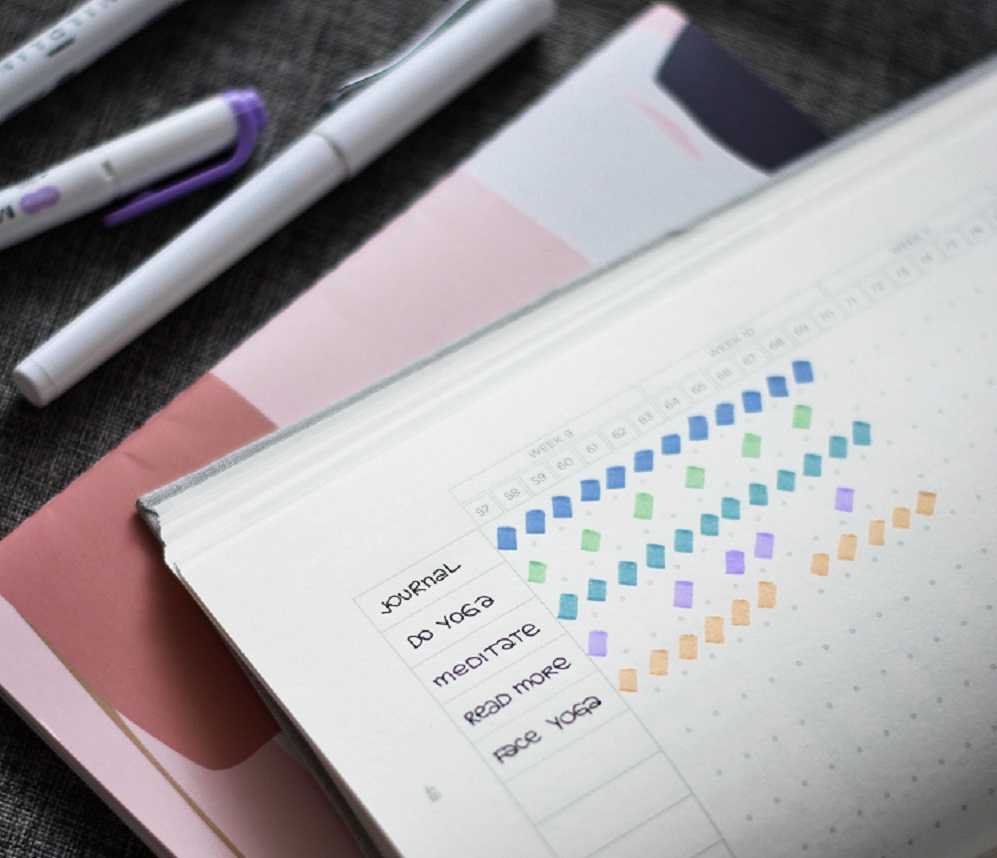How to Build Credit from Scratch
Building a credit history from scratch can be a bit of a Catch-22: you need to have a credit card or a loan in order build a credit history, but it’s hard to open a new card or loan without an established credit history. If you are one of the estimated 26 million Americans who have no credit history with a major reporting agency,1 what are your options?
This article outlines some activities that can help you establish a credit history for the first time, and some key habits to help you build a strong credit score from the ground up.

Step 1: Establish credit with the credit bureaus
If you really haven’t established any credit history, the first step is to make sure you have at least one account in your name that is reported to a major credit bureau. There are dozens of credit bureaus, but the majority of U.S. lenders and businesses rely on Equifax, Experian, and TransUnion for reporting on and checking consumers’ credit history.
How do you open an account if you have no credit history? If you can’t find an unsecured credit card that will approve you, here are a few options:
- Get a secured credit card. How does it work? Unlike a regular credit card, a secured credit card requires you to put down a deposit, often in a linked bank account. The deposit amount is typically the same as your credit limit on the card—for example, if you put down a $500 deposit, your secured card will have a $500 credit limit. You can spend and repay your balance just like a regular credit card; the deposit is used as collateral if you fail to make your monthly payment. A secured credit card isn’t meant to be used forever; the goal is to use a secured card until you’ve established a strong enough credit history to qualify for an unsecured credit card with better rates and features. After a period of on-time payments (usually 2 years ), some issuers will convert a secured credit card to a regular card. In some cases, you’ll need to apply for a new card on your own. Things to keep in mind. Before you apply for a secured credit card, make sure the credit card company reports to all three major credit bureaus – that’s key to building a credit history. Review the full terms and conditions of the card and make sure you understand your APR and any fees associated with the account.
- Become an authorized user on someone else’s credit card. How does it work? A family member or friend may be willing to add you as an authorized user on one of their credit cards. You’ll be able to use their credit card to make purchases, and they’ll be on the hook for any charges you make on their card. This will help you establish a record of using credit, and you can also benefit from the age of the account. Things to keep in mind. Make sure the credit card company reports authorized user information to the major credit bureaus or else it won’t help you build credit. Check to see if there is an annual fee for adding an authorized user. And of course, make sure your family member or friend is aware that they are solely obligated to repay any of the charges you make on their account.
- Get a co-signer. How does it work? Instead of applying for a credit card or a loan on your own, you apply with a co-signer who essentially uses their good credit to improve your chances of getting approved. A co-signer can help you get approved for that first account to start building your credit history. Things to keep in mind. Unlike the authorized user scenario, with a co-signer you are both equally responsible for repaying the debt. Make sure your co-signer knows that this new debt can impact their credit score and that it is difficult to be removed as a co-signer.
- Consider a credit-builder loan. How does it work? Credit-builder loans are specifically designed to help people establish or rebuild their credit, and they work like a forced savings program. After you are approved for a credit-builder loan, the money is deposited in an account that you can’t access until you repay the full loan amount. Once you repay the loan, you get the money and the lender sends a report of your repayment to the credit bureaus. Things to keep in mind. Just like any loan or line of credit, it’s essential to pay on time, or else the negative information about you can also be reported to the credit bureaus. You’ll be paying interest charges on this loan—make sure you’re aware of the terms and conditions and what this process will cost you. Make sure the lender reports to all three major credit bureaus before applying.
Step 2: Maintain good habits that help build good credit
Once you have at least one account in your name, here are a few things to focus on:
- Payment History: Your payment history is the #1 factor that drives your credit score, because it shows lenders that you can reliably pay your bills on time. Even one or two late payments can drag your score down significantly. What does this mean for you? Pay on time, every time, no matter what.
- Credit Utilization Ratio: This is the percent of your credit card limit that you’re using, and it’s the second biggest factor that influences your credit score. A high utilization ratio suggests to lenders that you might be overspending and you would have a hard time handling additional credit. What does this mean for you? Don’t get anywhere close to maxing out your credit cards. A credit monitoring tool or balance alerts can help you stay on top of how much you are spending on your cards. Learn more about optimizing your credit utilization.
- Credit History Length and Inquiries: A longer credit history generally helps your credit score, as long as you maintain a history of on-time payments. New applications for credit and new accounts typically generate a hard inquiry on your credit report. One hard inquiry is unlikely to have a major impact on your score but multiple hard inquiries can add up and signal to lenders that you’re facing financing hardship or may be a higher-risk borrower. What does this mean for you? Unless you’re paying hefty annual fees, it’s generally a good idea to keep your oldest credit card open, even if you aren’t using it. Avoid applying for or opening up lots of new cards as they will drag down your average account age and multiple hard inquiries can take a toll on your score.
Monitoring your credit on a regular basis will help you understand the factors that influence your score, and track how your credit building efforts are paying off. Online tools like Upgrade’s Credit Health can help you keep an eye on your credit profile and understand what goes into it.
Want to learn more about improving your credit score and achieving your financial goals? Get your free credit score and access to credit monitoring tools by signing up for Upgrade’s Credit Health, and visit Upgrade’s Credit Health Insights for educational content.


